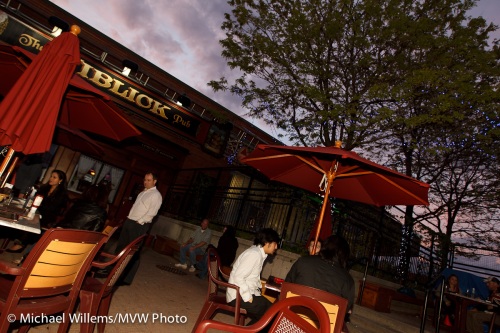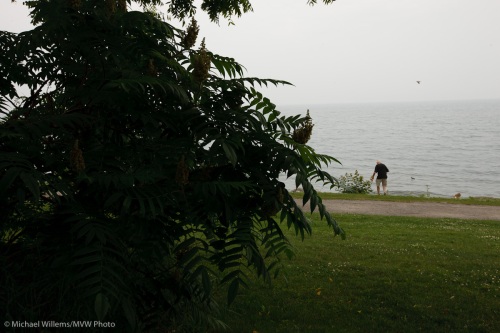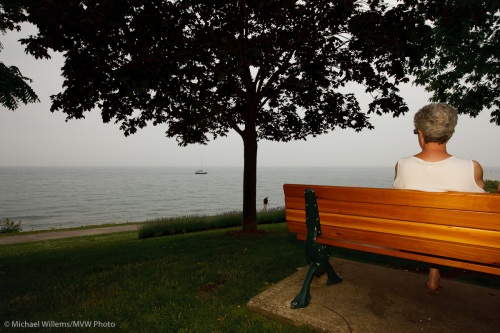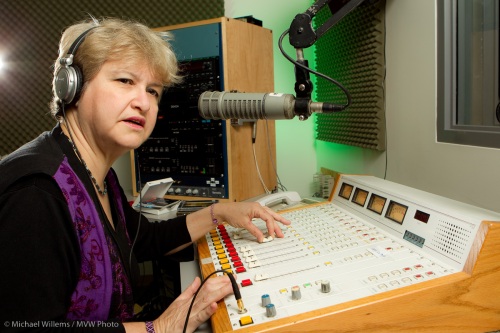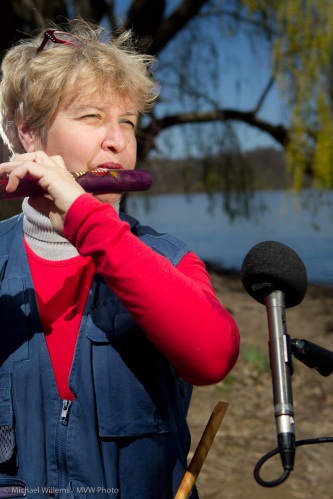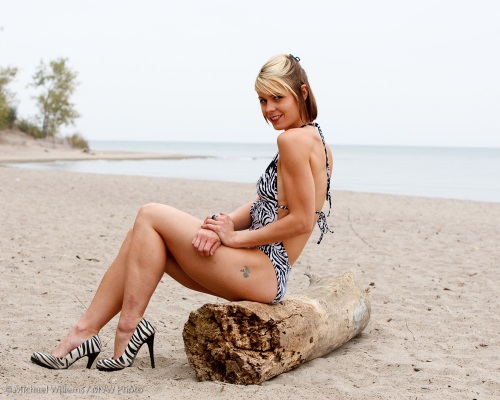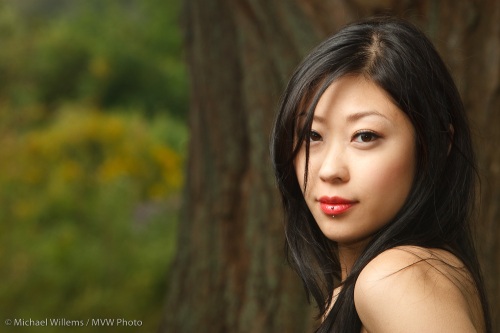Another flash tip for you today.
Later afternoon pictures. You can make them look better by adding your own “golden hour” glow. Like this:
To take a picture like this, you might do the following:
- Use an on-camera flash while there is still light;
- First set your camera’s exposure (ISO, aperture, shutter) to get a nice background sky. Ignore the foreground for now.
- Then position yourself such that there is no close subject (remember the inverse square law).
- Use a half CTO gel on the flash (I used a Honl Photo half CTO gel on the speedstrap on my 580EX);
- White balance to “Flash”.
- Take a test shot. If the flash is too bright or too dark, use Flash compensation (+ or 1) to adjust. If the background is not right, adjust ISO, shutter or aperture.
- A wide angle lens makes it easier.
And Bob’s your uncle: nice colours.

